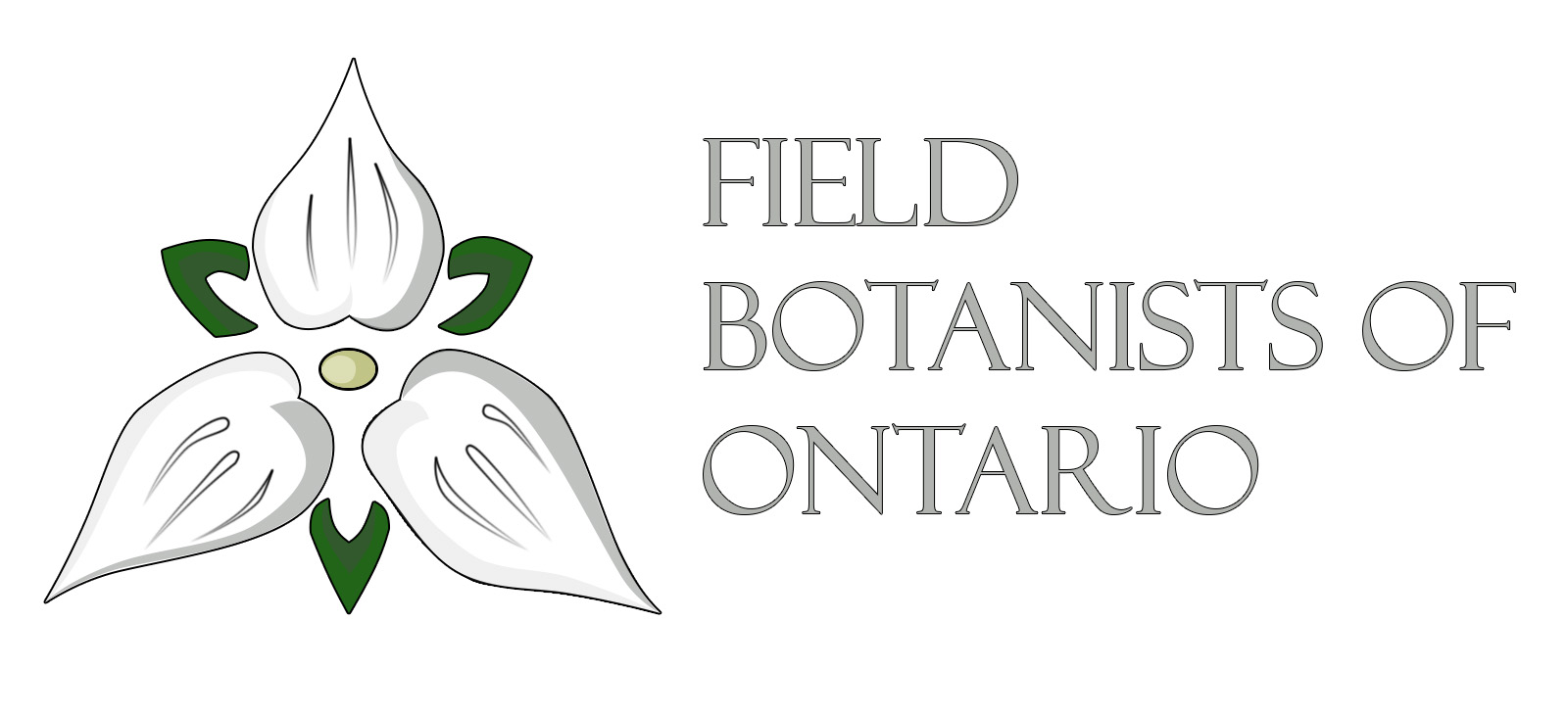Ontario Plant Press Instructions for Authors
The Ontario Plant Press accepts a wide range of content related to field botany in Ontario. The editorial team is always accepting new content and we invite submissions from everyone, regardless of writing experience or scientific knowledge. There are no academic or other qualifications required of authors.
We accept scientific and general interest articles, new species records/noteworthy collections, range extensions, checklist updates, book reviews, obituaries, poetry, illustrations, puzzles, and more. If you are unsure of whether your submission is appropriate for the Plant Press, please discuss it with the editorial team – the answer is usually yes!
General Instructions
Manuscripts should be in Microsoft Word or other standard word processing format. Documents should be named with the author’s name, article title, and submission date.
Manuscripts should be written in a standard font (e.g., Times New Roman, Arial, etc.).
Scientific names should follow basic conventions (e.g., genus and species names italicized). VASCAN should be used as the authority for taxonomic names, except where taxonomic changes are discussed and supported with primary literature.
Common names should use lower case except where they include a given name (e.g., St. John’s wort). There is no standard authority for common names, but widely understood names should generally be used. If unsure, follow VASCAN.
Footnotes should not be used. Where notes outside the body of the text are required, they should be provided at the end of the manuscript.
Citation Guidelines
In-text citations should be in the format ([author’s surname] [year]) (e.g., Michaux 1795). Citations with more than two authors should use the format ([first author’s surname] et al. [year]) (e.g., Soza et al. 2012).
A reference list should be provided at the end of the manuscript. Formatting guidelines for different types of references are provided in the examples below. If there is uncertainty about how to reference a particular document, the editorial team will suggest the best format.
Academic Journal or Other Periodical
Soza, V.L., J. Brunet, A. Liston, P.S. Smith, and V.S. Di Stilio. 2012. Phylogenetic insights into the correlates of dioecy in meadow-rues (Thalictrum, Ranunculaceae). Molecular Phylogenetics and Evolution 63, 180-192.
Website
Royal Botanic Gardens, Kew. 2024. Plants of the World Online (POWO). Accessed July 26, 2024: https://powo.science.kew.org.
Book
McMullin, R.T. 2023. Lichens: The macrolichens of Ontario and the Great Lakes region of the United States. Firefly Books Limited, Buffalo, New York, USA.
Government Documents and Other Materials
Committee on the Status of Endangered Wildlife in Canada (COSEWIC). 2017. COSEWIC assessment and status report on the butternut (Juglans cinerea) in Canada. COSEWIC, Ottawa, Canada.
Figures and Photos
Figures and photos should be provided in .jpg or .png format as separate files with the submission.
Figure and photo files should be named with the figure number (if applicable) or a short description and the creator’s name. Figure and photo file names must include the photographer/creator’s name or they will not be accepted.
There is no restriction on the number of figures/photos that can be submitted, but please understand that because of space limitations in the publication, the editorial team may not be able to include all media.
Guidelines for Specific Content
Field Trip Reports
Field trip report authors are usually chosen during each field trip. Trip reports should be between 500 and 1,500 words, depending on the level of detail. The location, date, and trip leader should be mentioned towards the beginning of the report.
There are no expectations or requirements for the level of detail or types of information to include in trip reports. Authors are free to discuss whichever trip highlights were meaningful to them. There is no requirement to provide species lists.
Please avoid mentioning species threatened by poaching or persecution (e.g., American ginseng, certain reptiles) if they were observed on field trips.
Scientific or General Interest Feature Articles
Feature articles are typically between 1,500 and 2,000 words. Please discuss with the editorial team if you wish to submit a manuscript longer than 2,000 words.
Because of space limitations, we typically run no more than two feature articles per issue. For this reason, the editorial team reserves the right to select which feature articles to run in a given issue.
New Species Records, Noteworthy Collections, Checklist Updates, etc.
These articles are generally short (<500 words), although longer submissions can be accepted (please discuss with the editorial team).
Voucher specimens should be cited using the herbarium abbreviation and accession number (e.g., CAN 15067) or using the collector’s name, number, and the herbarium it will be sent to (e.g., Van Hemessen 644 to CAN).
Photo vouchers on iNaturalist should be cited using the observation number (e.g., iNaturalist 230649335).
Book Reviews and Other Short Content
These are typically no longer than 500 words. Longer submissions should be discussed with the editorial team.
Book reviews should normally be for books published in the past two years.
Obituaries
Obituaries should be no longer than 250 words. It is generally good etiquette to inform the deceased’s next of kin of an obituary being published in the Ontario Plant Press.
